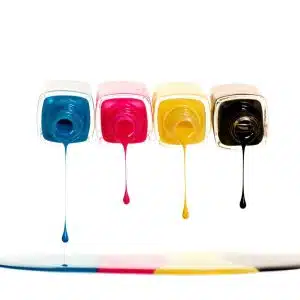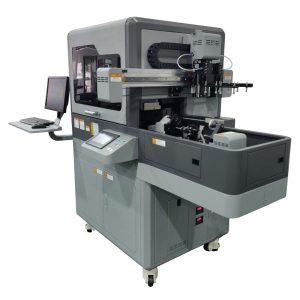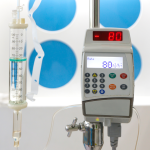The Importance of Medical-Grade Pad Printing Ink
Importance of Medical-Grade Ink: Medical-grade ink is an essential component in the production of medical devices. These printing inks ensure that markings and labels on medical products are durable, legible, and safe for use on humans and in healthcare settings. Boston Industrial Solutions, Inc. offers several screen and pad-printing inks for medical applications like the Natron SE-F printing ink for silicone rubber medical devices.
Medical-grade pad printing ink for marking medical devices should meet important safety standards. In the United States, Class VI certification shows that a printing ink is compliant with FDA rules. Additionally, this certification also proves that the product is safe for the human body. The standard set is the United States Pharmacopoeia (USP) 30, the National Formulary (NF) 25, and the 2007 standard.
This standard includes a full range of tests, procedures, and industry best practices for all phases of pharmaceutical and medical device development and manufacturing.
Why are medical-grade printing inks important?
Let us explore reasons why medical-grade pad printing ink is important:
Safety: Medical-grade inks are formulated to be non-toxic for humans and safe for use in healthcare settings. These inks are free from harmful substances that could leach into the product or cause allergic reactions in patients.

Legibility: The markings and labels on medical devices must be clear and legible. This ensures that the product is easy to use. Boston Industrial Solutions uses fade-resistant pigments for all its pad printing inks. Additionally, all these have high opacity, making it easy to print high-quality, precise markings. Learn more about the Volta M100 single-color pad printing machine.
Compliance: Medical-grade pad printing inks must meet and exceed FDA-set standards. Our Natron Screen and pad printing inks have USP Class VI certification, which ensures that markings on medical products meet the necessary standards for quality, safety, and efficacy.
Importance of Medical-Grade Ink Testing
For an ink used in pad printing a medical device to pass USP Class VI standards, it must exhibit an exceptionally low levels of toxicity by passing all these test requirements. These tests include:
Acute Systemic Toxicity Test, which evaluates for the irritant effect of the test material and determines its human hazard potential.
An intracutaneous test evaluates the response of particular tissues to the material and is administered directly to the tissues.
Implantation Test, which determines the response of live tissue.
Standard Temperatures and Times: This test guarantees the results meet a common standard even if prepared at different temperatures and times.
Conclusion
Overall, medical-grade pad printing ink plays a crucial role in the production of medical devices, ensuring that the products are durable, legible, safe, and compliant with regulatory requirements. Follow us YouTube for the latest news and printing tips.











